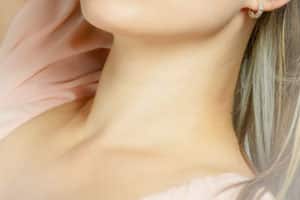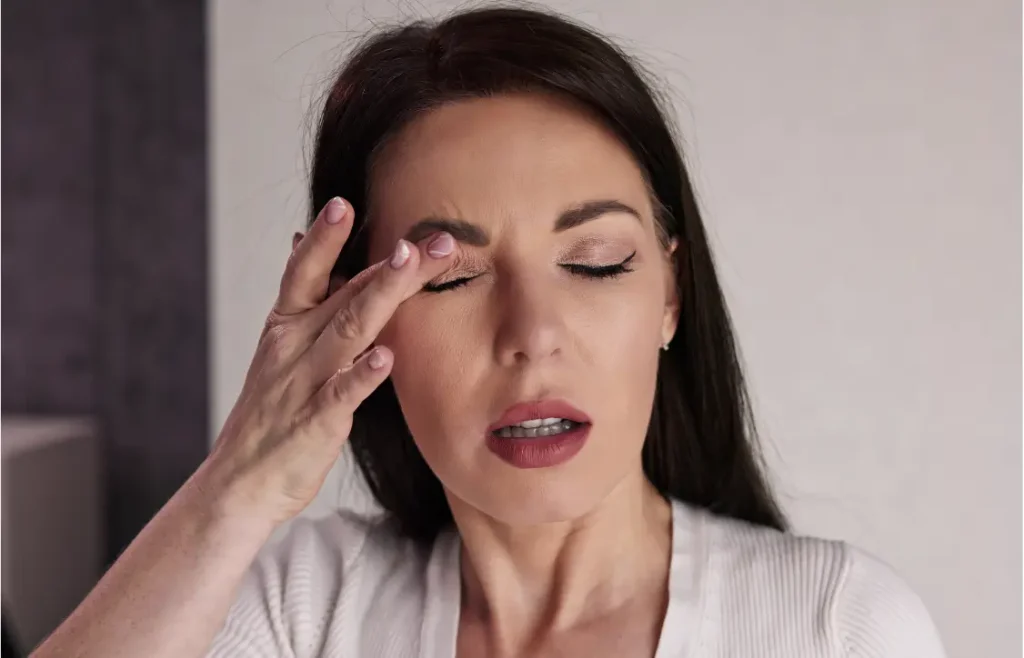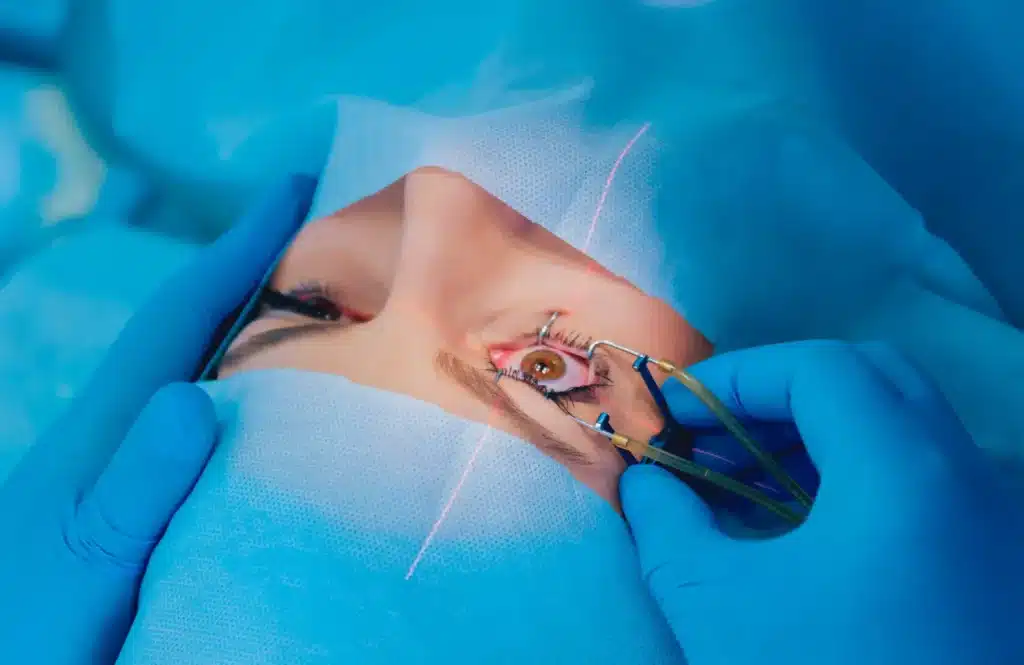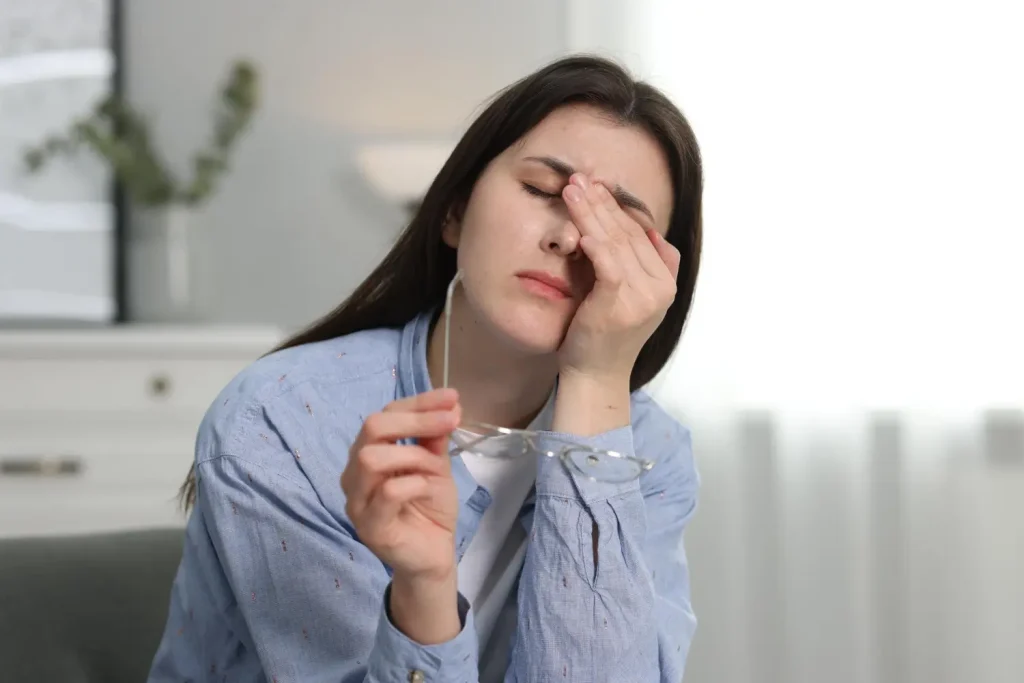The face is often the first thing that comes to mind when we think of anti-aging treatments and aesthetic procedures. Body parts such as the decolletage and neck are usually overlooked. However, unknown to many, the neck and decolletage can give away a patient’s age more than any other body parts. If patients only treat their face, the aging neck and decolletage will look incongruous with other young looking facial features, resulting in a disharmonious appearance. All the efforts to create a youthful face would go in vain if there are unsightly aging signs in these areas.
Ideally, anti-aging treatments should combine different cosmetic treatments while optimizing wellness and health. Thanks to the easy access to information, patients nowadays are highly sophisticated. Most of them are well aware of the importance of preventive care (e.g. sun protection) and cosmetic treatments. More patients are willing to invest in quality skincare products, hoping to prevent wrinkles and lines before they appear. Despite being well informed, it is astonishing how many of them neglect the decolletage and neck. Many patients tend to skip these areas when applying sunscreen and skincare, stopping the application at the neckline. Due to the lack of preventive care, most patients only seek for corrective treatments after the damage has been done on the neck and decolletage. In the pursuit of youth, it is just as important to care for the neck and decolletage as much as it is to care for the face.
Common aging concerns
Perhaps unsurprisingly, the neck is the second most delicate area (after the periorbital area). Containing significantly less elastin fibers, the collagen matrix in the neck (which acts as a supporting structure) is a lot weaker than the face. Furthermore, there are no fatty structures in the neck to provide additional support to the neck skin (which inherently lacks elasticity). The hallmark sign of aging neck is a loss of the cervicomental angle. This is often resulted from a combination of factors, including the formation of platysmal bands, inelastic skin, submental fullness and sagging jowls.
Tech neck
Living in the age of selfies, there is relentless pressure to be picture-perfect all the time. While smartphones allow us to easily capture every life moments overusing them can lead to the undesirable “tech neck.” Most of us are guilty of looking down at the smartphones more than looking at each other. However, many people are not aware of the health consequences of doing so. Tilting the head for a prolonged period of time can result in excessive pressure, which subsequently causes skin creasing in the delicate neck area. Ultimately, this accelerates the formation of wrinkles and lines.
Turkey neck
As a result of a lack of support from the surrounding connective tissues, the platysma usually floats free. The platysma is vertical muscle running across the entire neck. Due to the natural aging process, the muscle fibers in the platysma contract and become shorter, resulting in classical platysmal bands. Sometimes referred to as “turkey neck,” classical platysmal bands are the most feared, obvious aging sign on the neck.
Initial consultation
The first step of the process is to assess patient concerns. As with all other cosmetic procedures, it is essential to have an open discussion with the patients. Exploring the effects of the issue (in this case, aging neck) on their daily life can serve as a starting point. At the same time, practitioners should find out how long the issue has been affecting them (and if they have previously had a treatment). This helps practitioners to determine the severity of the problem. Apart from the standard medical examination, doctors should also discuss other lifestyle factors relating to the issue. This includes a skincare regime (e.g. use of SPF), exercise, diet and smoking.
Some of the common concerns associated with the decolletage and neck are:
- Wrinkles;
- Choice of treatment;
- Double chin;
- Fine lines;
- Skin laxity;
- Wrinkled skin.
There is an array of treatment options for aging decolletage and neck (most of which are minimally invasive in nature). When selecting the most appropriate treatment, it is important to consider factors like the appropriateness of the treatments, cost, patient expectation and desired outcomes. As always, practitioners should individualize the treatment for each patient based on careful examination.
Nefertiti neck lift using botulinum toxin injections
Named after the famed jawline of the queen of Egypt, Nefertiti lift is a procedure where botulinum toxin is injected into the neckline and lower jaw. The number of injections needed varies according to the definition and muscle bulk of each patient. The treatment is ideal for patients who have early signs of aging in the neck (especially platysmal bands and mild jowling). As a part of the assessment, patients will be asked to bite down on the back teeth in order to visualize the contraction of the platysmal bands. The bands are administered along the neck vertically. It is important to inject botulinum toxin intradermally to prevent the toxin from diffusing into the deeper structures of the neck. Inadvertent injection at the wrong depth may affect swallowing and speech.
Cosmetic injectables
Due to their volumizing effects, dermal fillers containing hyaluronic acid are ideal for treating the skin of the decolletage. Hyaluronic acid-based fillers are able to improve elasticity of this delicate area while restoring the moisture level. After the treatment, wrinkles and lines are visibly reduced and the skin becomes plumper. Newer administration techniques, such as superficial microinjections, can be used to form small blebs along the valley of the wrinkle.
It is okay to slightly overcorrect, as the over-corrected look will eventually settle. In fact, this tends to deliver the best results. As a rule of thumb, the results should be reviewed 2 weeks after the procedure. To maintain the results, treatments of the decolletage (which has a large surface area) should be repeated on a regular basis.
In general, the results can last for up to 6 to 9 months. However, individual results may vary depending on a number of factors such as the initial skin condition, the depth of wrinkles and the degree of elasticity.
Thread lifts
A thread lift is the perfect treatment option for patients who are concerned about jowl formation in the lower jaw and sagging skin in the neck. Made from polydioxanone (PDO), the threads create a mechanical lift in the dermis (which is maintained by the formation of collagen). There are 2 major types of thread: suspension threads and free floating barbed or cogged. Suspension threads need to be anchored to a stable structure of the scalp or face. When treating the aging neck, the main priority is to elevate the drooping tissues in the neck against gravity. In this case, it is recommended to use a PDO thread.
With so many types of techniques available, choosing the right one can be a daunting task. The number of points required to create adequate elevation differs from person to person, and should be determined on a case-by-case basis. Patients should undergo stringent screening prior to the treatment. This is especially important when performing a thread lift, which tends to cause more complications than injections. This includes (but not limited to) asymmetry due to dislodging and puckering of the thread position, migration of the sutures, infection, seroma formation, hematoma and swelling. In the case of dislodging thread, the treatment area should be reviewed (and corrected as needed). As with all other cosmetic treatments, patients should be aware of the potential harm and benefits before receiving the treatment. At the same time, they should be told about all the potential complications (and downtime) associated with the treatment.
Combination therapy
Combining different treatments can produce synergistic results, thereby optimizing the treatment outcomes. Therefore, the idea of combining treatments is worth considering. Skin peels, microneedling, mesotherapy products such as Belotero, and platelet rich plasma (PRP) therapy can be used in conjunction with the existing treatment regime for even better results. However, the suitability of combination therapy will depend on factors such as patient preference and practitioners’ experience.
Summary
To ensure long-lasting results, preventive care (such as sun protection and skincare) should be used along with the treatment. As always, it is important to educate patients about the potential risks related to the treatment so that they can make an informed choice. Lifestyle modification (e.g. decreasing alcohol intake, diet and smoking cessation) may help to enhance skin health, thereby slowing the aging process of the decolletage and neck.
Patients often unknowingly overlook the importance that should be assigned to caring for the decolletage and neck appearance. Many such patients even skip out on these areas when applying skincare. Unsurprisingly, demand for all sorts of corrective procedures has greatly risen from this lack of preventive care. These delicate areas are always difficult to treat using injectables and skincare alone, however, thanks to recent introductions of advanced techniques (e.g. thread lifting), now it is possible to restore the youthful appearance to these areas and help patients with regaining youthfulness and confidence.



















